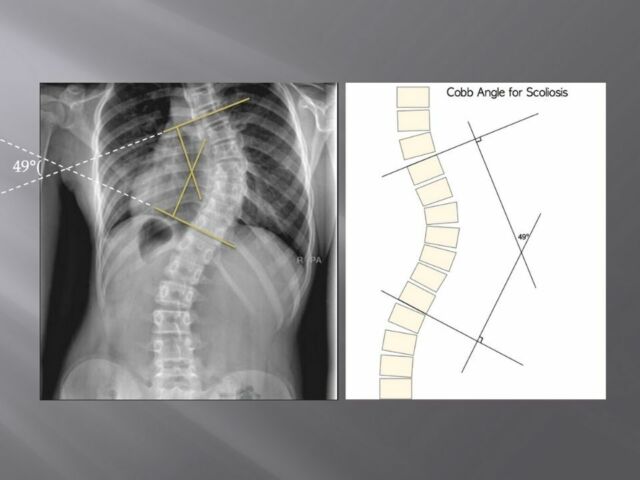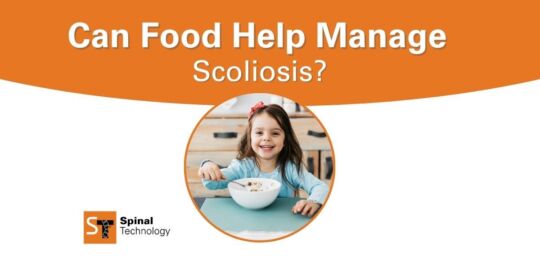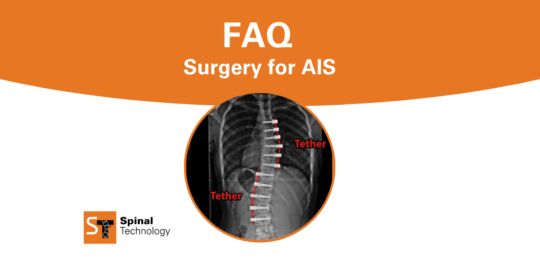What Are the Different Scoliosis Curves Called?
What is Scoliosis?
Scoliosis is a condition of side-to-side spinal curves that measure greater than 10º. On an x-ray, the spine of a person with scoliosis looks more like an "S" or a "C" than a straight line. These curves may cause your shoulders or hips to be uneven, depending on where your curves are located in your spine.- Scoliosis Research Society
According to Dr. Mostafa El-Feky et. al., (2020) the Cobb angle is defined as, “the most widely used measurement to quantify the magnitude of spinal deformities, especially in the case of scoliosis, on plain radiographs.” (El-Reky et. al., 2020).

Read more below about the levels of scoliosis.
Mild Scoliosis
Mild scoliosis is defined as having an abnormal spinal curvature with a Cobb angle between 10 degrees and 25 degrees(South Florida Scoliosis Center, 2017). Mild scoliosis does not usually present with any physical symptoms, and is normally first observed during a routine physical examination screening for scoliosis which is performed during physical education class, or upon evaluation by a primary care physician.
Moderate Scoliosis
Moderate scoliosis is when the abnormal lateral spinal curvature exceeds 25 degrees. Moderate scoliosis is defined as scoliotic curve between 26 degrees and 40 degrees. This can be measured on plain radiographs via the Cobb angle. Symptoms associated with moderate scoliosis may include physical discomfort, fatigue with physical activity, and visible asymmetry in the spine, ribs, shoulders, or hips.
Severe Scoliosis
Severe scoliosis is defined when the lateral abnormal curvature of the spine measured on plain radiographs via the Cobb angle exceeds 40 degrees. When the scoliotic curve is greater than 40 degrees it can result in many physiologic symptoms that include many of the body’s systems. Symptoms may include all of the following which were included in both the mild and moderate forms of scoliosis. However, severe scoliosis may present with more severe symptoms including: more prominent rib hump, increased fatigue with sedentary positions as well as with physical activity, clumsy or prone to falls; increased respiratory effort which includes shortness of breath associated with physical activity; pain especially in the spine and lower back and headaches (South Florida Scoliosis Center, 2017). This is the most severe form of scoliosis and can be detrimental to the health of those who suffer from this disease, if the appropriate intervention is not initiated.


